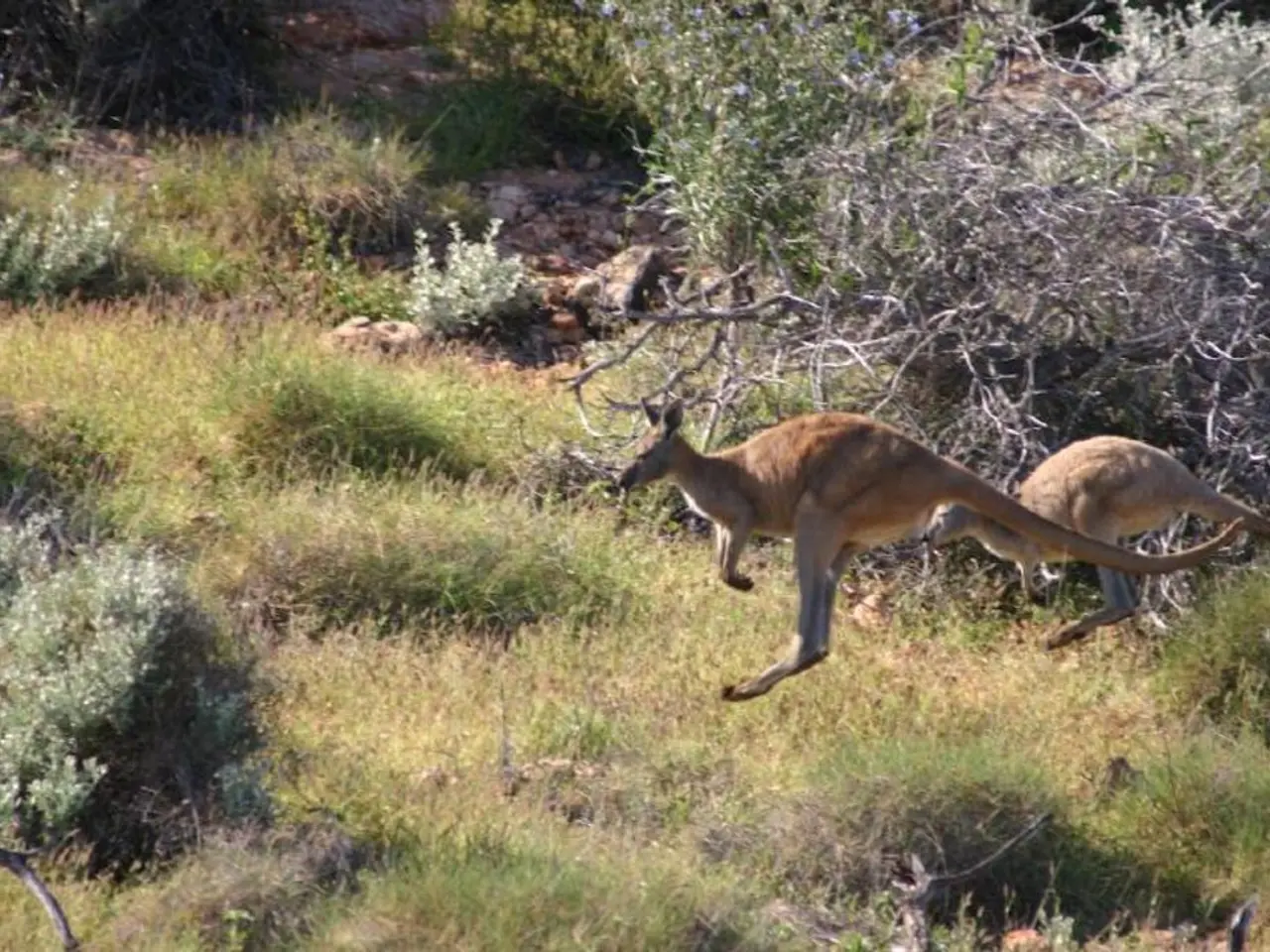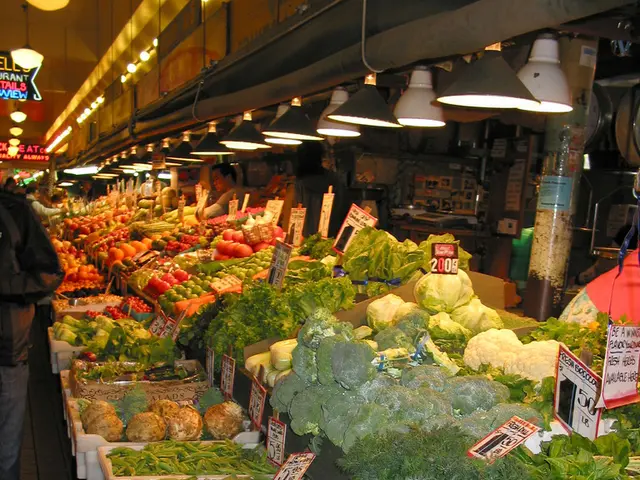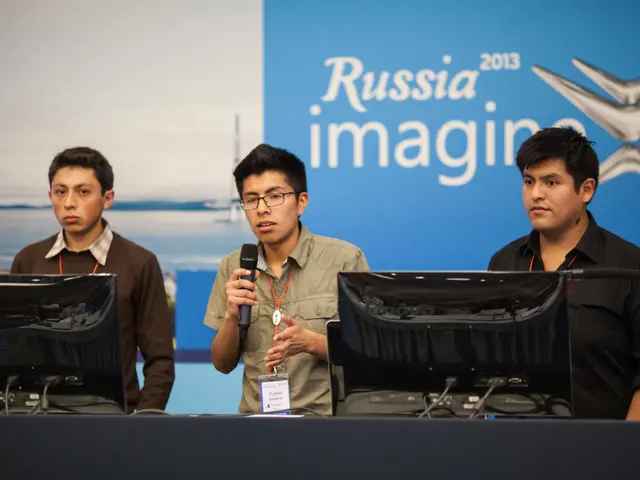Global Economy Set for $67 Billion Boost from Indigenous Tourism According to WTTC Report
Indigenous tourism, controlled and operated by Indigenous peoples, is rapidly expanding as a significant sector globally, contributing to local economies, cultural revitalization, and the preservation of heritage. The global tourism sector is projected to reach $16 trillion by 2034, with Indigenous experiences becoming increasingly sought after by travelers seeking authenticity and diversity.
This growth is evident in various regions, with Alberta, Canada, serving as a notable example. In 2024, Indigenous tourism contributed $126 million to Alberta’s GDP, with projections rising to $138.6 million for 2025. The Alberta government has invested $6 million over three years to support Indigenous-led tourism businesses and organizations, with a total investment of $12 million since 2021. This investment has led to year-round employment and ownership opportunities for Indigenous peoples, fostering both economic development and cross-cultural understanding.
North America has also seen significant growth in Indigenous tourism. Improved infrastructure in the mid-20th century enabled the development of hotels, restaurants, and cultural attractions, such as powwows, eco-tourism ventures, and casinos. These enterprises have become significant sources of revenue for tribes, though subject to economic volatility.
The sector's expansion is not without challenges. Tourism in Indigenous regions can be volatile, subject to external economic factors, and historically has sometimes led to cultural commodification or displacement. However, more recent initiatives emphasize community control and empowerment, aiming to ensure that benefits accrue to Indigenous peoples and that cultural integrity is maintained.
Balancing growth and cultural integrity is a key focus for many communities. There is a growing body of research and community-led initiatives focused on sustainable, culturally-aware tourism models that avoid the pitfalls of earlier practices. These efforts prioritize both economic gain and the well-being of Indigenous communities.
Indigenous tourism can play a critical role in preserving and revitalizing languages, traditions, and cultural practices, particularly when projects are community-led. It also promotes and protects Indigenous people's cultures, languages, and lands. In Western Australia, interest and participation in Aboriginal tourism experiences continue to grow, with almost nine in ten visitors being interested and more than a third participating in 2023-24.
As tourism grows, there is increasing recognition of the need for models that prioritize ecological sustainability, cultural sensitivity, and equitable distribution of benefits. Academic and policy discussions increasingly highlight the importance of Indigenous autonomy, collaborative governance, and research that centers Indigenous voices and perspectives.
Countries like Australia and the U.S. are increasingly incorporating Indigenous experiences into national tourism marketing, ensuring authentic representation. The World Travel & Tourism Council (WTTC) launched a report in Perth, Australia, highlighting that Indigenous tourism is projected to contribute $67 billion USD to the global economy by 2034.
Indigenous tourism is a sustainable career path, as shown by Canada's Indigenous Tourism Association of Canada (ITAC). Efforts such as Canada's Indigenous Tourism Destination Fund (ITDF) aim to raise CA$2.6 billion by 2030, to create 800 new Indigenous businesses and over 21,000 new jobs.
In conclusion, Indigenous tourism is experiencing significant growth globally, with Alberta and North America providing illustrative examples of its economic and cultural impact. While challenges persist—including economic volatility and risks of cultural commodification—strategic investment, community control, and sustainable practices are paving the way for Indigenous tourism to become a powerful force for both economic empowerment and cultural preservation.
In light of the growth and increased recognition of Indigenous tourism, travelers might explore diverse sports experiences offered by Indigenous communities, such as traditional hunting, fishing, or athletic contests, which can contribute to the preservation and revitalization of their unique lifestyle and cultural practices. For instance, sports tourism could play a role in strengthening Indigenous economies in Alberta, Canada, by creating job opportunities and generating revenue.
Moreover, as Indigenous tourism becomes a more attractive prospect for travelers seeking authenticity and diversity, sports tourism could also promote cross-cultural understanding, highlighting the importance of Indigenous cultural heritage and traditions, such as the games and pastimes passed down through generations. This might lead to the expansion of Indigenous sports tourism opportunities in regions beyond Alberta and North America, further contributing to the sector's global economic impact.








